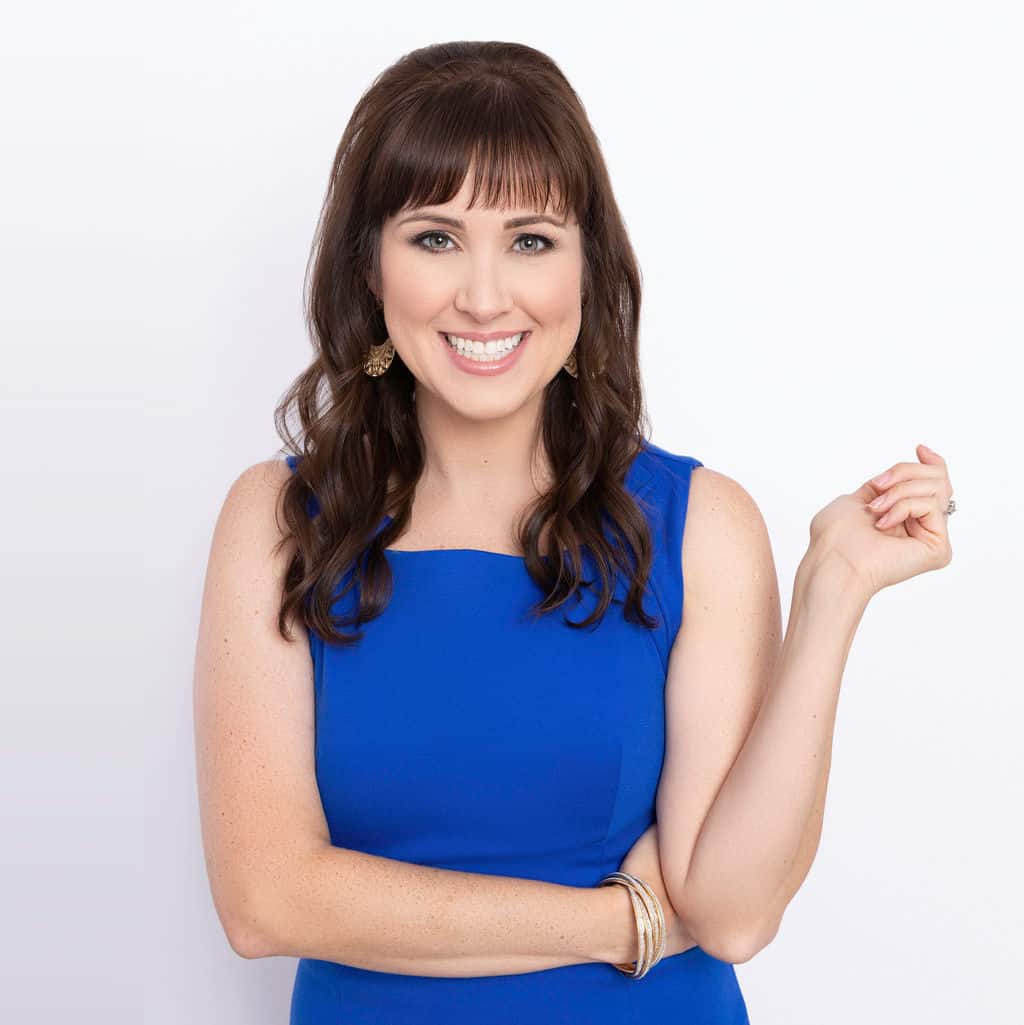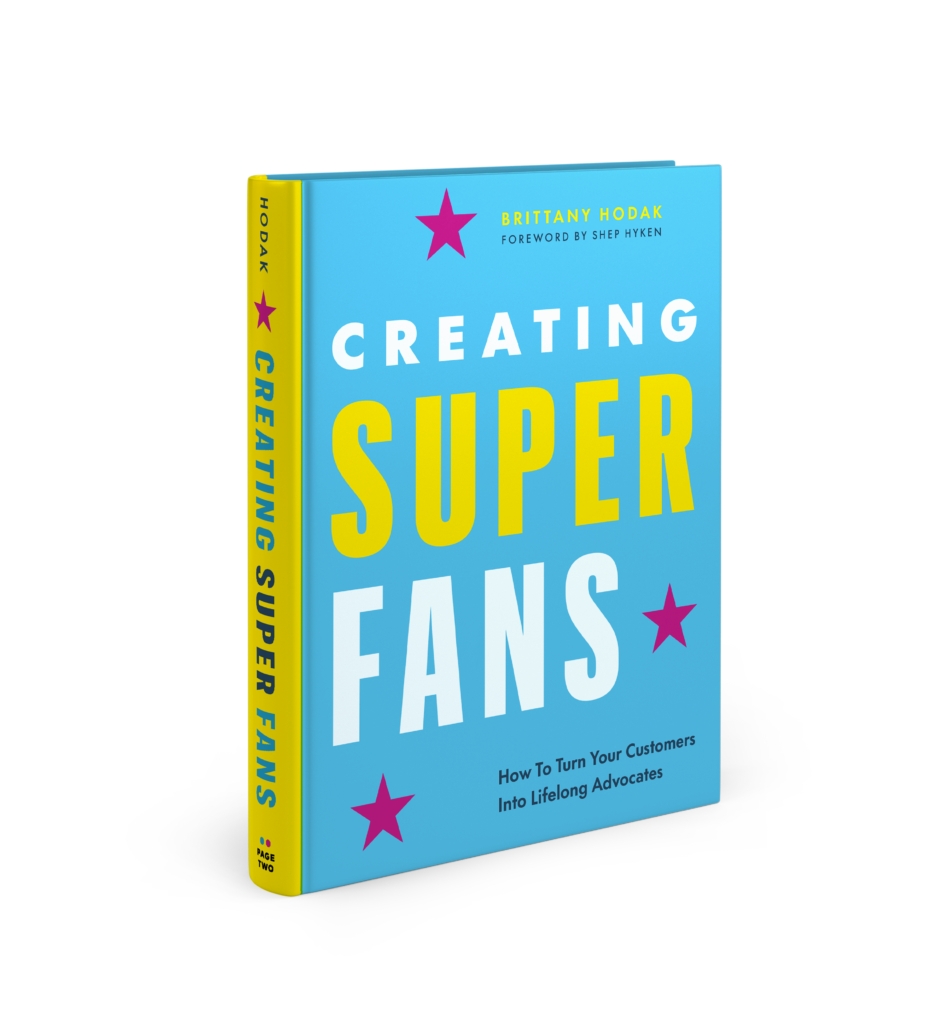In the ever-evolving retail landscape, the past five years have witnessed a sobering decline and bankruptcy filings of well-known “category killers.”
These once-mighty specialty retail giants, renowned for their vast selections and low prices that dominated the competition, have found themselves vulnerable to the relentless rise of e-commerce, shifting consumer preferences, and the lingering effects of the Covid-19 pandemic.
Bed Bath & Beyond, one of the most recent casualties, has already shuttered 300 out of its 1,000+ locations, while its sister brand, buybuy Baby, has closed 120 stores. Joining this unfortunate trend, David’s Bridal and Party City have recently filed for bankruptcy, leaving their futures uncertain.
Such challenges faced by the retail industry mirror broader shifts in consumer behavior, technology, and market dynamics. Let’s take a closer look at two of the most recent failures in retail and how you can learn from their mistakes to proactively navigate the obstacles in your industry.
You Can’t “Copy & Paste” From Your Competitors
One of the many contributing factors to the closure of Bed Bath & Beyond was its failed private label strategy. Former Target executive, Mark Tritton, was tapped by BBB in 2019 to spearhead an aggressive shift toward private labels.
“Store brands” (like Walgreens’ NICE! or Target’s Up & Up), can be exceptionally profitable for retailers because of their favorable margins. However, BBB tried to replicate Target’s success by rushing 10 new brands to market in the span of 18 months, without any consideration of their customers’ preferences.
Liza Amlani, principal and co-founder of Retail Strategy Group, claims, “What I’ve always said is that Bed Bath & Beyond does not know their customer and what their customer wants…They don’t want to buy private label mixers, they want to buy a KitchenAid mixer. So don’t make a private label.”
On top of not understanding their customers, many experts point out that Bed Bath & Beyond failed to properly market its new labels to shoppers. While the houseware retailer historically hasn’t had to market itself much (outside of the infamous 20% off coupons), they were too reliant on their existing reputation and never gave their customers a reason to care about their new brands.
Ellis Verdi, president of DeVito/Verdi Advertising Agency, described the challenge best: “It’s marketing and selling as if it were a national brand. Because in the eyes of the customer that’s the expectation. Customers were buying the old brand for a reason. What’s the reason to buy the new brand?”
Ironically, inflation generally leads to higher sales for store brands, as consumers are reaching for cheaper options during uncertain economic times. In fact, in 2022, 41% of shoppers said they were buying more store brands than before the pandemic.
Bed Bath & Beyond learned the hard way that, even during a recession, lower prices aren’t enough to drive sales. Without factoring in your customers’ feedback and connecting your story to theirs, your brand could be beyond repair.
Adapt to Changes in Consumer Behavior
Many category killers have been operating the same way for decades and never quite caught up with modern preferences or trends. David’s Bridal CEO James Marcum once claimed that one out of every four brides in the U.S. wore a dress from his brand on their big day.
So why is a company with that much market share filing its second bankruptcy within the last five years?
While the pandemic significantly impacted the already-declining wedding industry in 2020, weddings have started to slowly return to ‘normal’ since 2021. However, the state of the economy has influenced brides to plan low-key celebrations.
In its bankruptcy filing, David’s Bridal stated that more consumers are opting for “less traditional wedding attire, including thrift wedding dresses” and that the shift in preferences “significantly exacerbated” the retailer’s decline.
David’s Bridal failed to curate an assortment of inventory that resonated with the changing tastes of modern brides. Whether you’re selling ball gowns or insurance, you have to invest in understanding your target audience and adapting your offerings to cater to their desires.
Once known as the affordable destination for wedding dresses (some have even called it the Walmart of bridal stores), David’s Bridal has fallen to new online competitors (like Lulus, Asos, and Azazie) who have been able to significantly undercut its prices without the overhead costs, and even offer those less traditional styles that are becoming more common.
One could say David Bridal was depending too much on their “something old” and forgot to incorporate their “something new” into their business practices. 😉
The decline of the category killers serves as a reminder that businesses must adapt to survive and thrive. Many specialty stores have clung to traditional business models and relied solely on their physical presence, failing to pivot and innovate in response to changing market conditions.
Even legacy brands like Bed Bath & Beyond and David’s Bridal are not impervious to the evolving landscape of their respective industries. If you don’t prioritize the customer experience, your brand is always going to lose out to the next wave of competition and disruption.
I’d love to know: do you still shop at any “category killers,” or are you fully served by the likes of Walmart, Amazon, and Target? Which specialty store do you (or will you) miss most?





